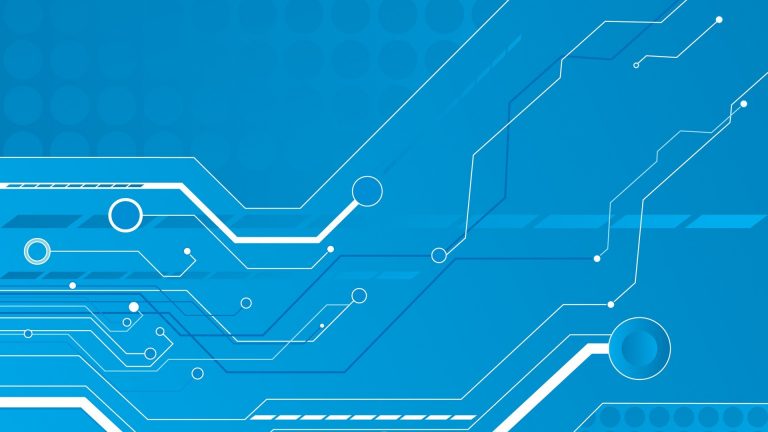
The Librarian of Congress and US Copyright Office just proposed new rules that will give consumers and independent repair experts permission to legally hack embedded software on their devices to repair or maintain them. This exemption to copyright laws will apply to smartphones, tractors, cars, smart home appliances, and many other devices.
It allows breaking digital rights management (DRM) and embedded software locks for “the maintenance of a device or system … to make it work in accordance with its original specifications” or for “the repair of a device or system … to a state of working in accordance with its original specifications.”
Landmark victory for the “right to repair” movement
The federal government has ruled that consumers and repair professionals have the right to legally hack the firmware of “lawfully acquired” devices for the “maintenance” and “repair” of that device. Previously, it was legal only to hack only a few devices for repair, and as of today, a lot more devices join that list. Earlier this month, Apple has a built-in kill switch that can prevent new MacBook Pros from functioning if they have been repaired by third parties. It uses embedded software to do this, by requiring the computer to connect to Apple’s servers to verify that a repair is “authorized’.
While this is a huge win, the decision does nothing to address the difficulties consumers and independent repair professionals face in the real world. Anti-tampering and repair DRM implemented by manufacturers has gotten increasingly difficult to circumvent. Companies have also made it difficult to acquire parts or repair tools needed to fix the things you own. Some companies even use the Department of Homeland Security to crack down on the grey market and aftermarket parts that are imported from places like China. Two prominent right to repair activists, Louis Rossmann and Jessa Jones, have had their Apple repair parts seized by customs in recent months.


